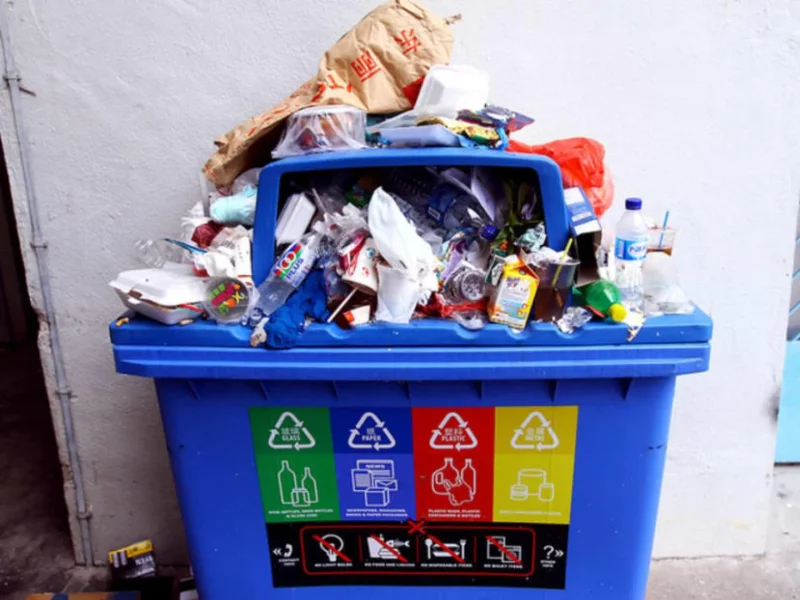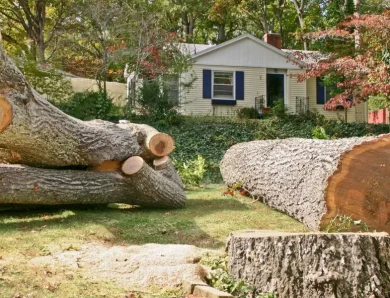
Why Recycling Is Not Working As Expected In The USA
Environmental issues are a worldwide problem, but the United States in particular has its recycling infrastructure brought into question rather frequently. Let’s investigate the process of recycling in the United States, including its history, current obstacles, and potential solutions to those obstacles.
In the United States, the procedure for recycling can vary from state to state, but it can be reduced down to the following steps: collecting recyclable materials, processing that material at a processing facility, and then remanufacturing the processed material into new products.
On the other hand, the United State faces obstacles that are not entirely related to the recycling process itself. These challenges come from a lack of education regarding recyclable materials, an outmoded recycling infrastructure and a poor domestic market in the United States.
America’s Recycling Infrastructure Has Not Kept Pace With Today’s Waste Stream
“America’s recycling infrastructure has not kept pace with today’s garbage stream,” says the US Environmental Protection Agency (EPA). Recycled materials should be better integrated into product and package design in the United States, says the EPA’s website, in order to strengthen domestic markets for the recycled materials.
It was determined in February 2020 that just 15% of the 367 recycling recovery facilities in the United States accepted plastic clamshells used to package fruits such as apples, salads and baked products. A small number of these establishments accepted plates, glasses, bags and trays as well.
According to the results of the study, it is possible to efficiently recycle plastics with the resin codes one and two in the United States. These types of plastics include materials such as polyethylene terephthalate and high-density polyethylene.
However, mixed plastics with recycling labels ranging from three to seven were frequently dumped in landfills despite the fact that several brands promoted them as recyclable.
Recycling Miseducation Could Be The Biggest Challenge
Misinformation about the definition of the recyclable plastic that was spread by various brands has also led to several Americans becoming confused about what materials are recyclable and which are not. This has caused the population of the United States to dispose of recyclable material as wastes while sending non recyclable material to recycling services.
According to the EPA, the majority of United States citizens are interested in recycling because they feel that doing so will allow them to become more responsible caretakers of the planet. On the EPA website, it is also stated that it could be difficult for the consumers to understand what kind of materials can be recycled, how they can be recycled, and where they can recycle them.
There are far-reaching environmental effects that go beyond the end-of-use outcome of a product. People must not underestimate the potential advantages of plastic and instead replace this with materials that have even bigger environmental consequences.
This misunderstanding is made much worse by the truth that there is no national recycling programme in the United States; rather, the country relies on individual states to independently implement their own regulations. It might be said that Americans have very little direction on how they should recycle because there is no recycling rule that is compelled by the federal government to be followed.
Recycling Efforts Backfire And Create Waste Themselves
When it comes to rinsing items, how much water do Americans use each year? When a fleet of barges and vehicles is dispatched to transport rubbish to facilities that produce their own emissions, how much fuel is spent doing so?
The information on this front is thin, and the results on the effectiveness of recycling in terms of its impact on the environment vary depending on the material that is being recycled.
All of this, however, is based on the assumption that recyclables are not sorted, cleaned, and transported only to be dumped in landfills, as the majority of this material already is.
This is an example of planned chaos, which is the unavoidable outcome of having central planners make decisions rather than consumers operating within free markets.
The majority of market economists are by nature, philosophy, and experience, a group that is wary of centrally planned schemes that displace choice. These market economists were aware of the mechanics of recycling from the very beginning.
Is Change On The Horizon For Recycling
The USA faces a range of obstacles when that comes to recycling, but there is reason to be optimistic about the Biden administration’s ability to put forward viable solutions.
The recycling infrastructure currently in place in the United States is not particularly robust; however, proposed pieces of legislation, like the Break Free from Plastics Act, have been gaining support as the country as a whole becomes more aware of the potential positive effects that recycling could have on the environment.




